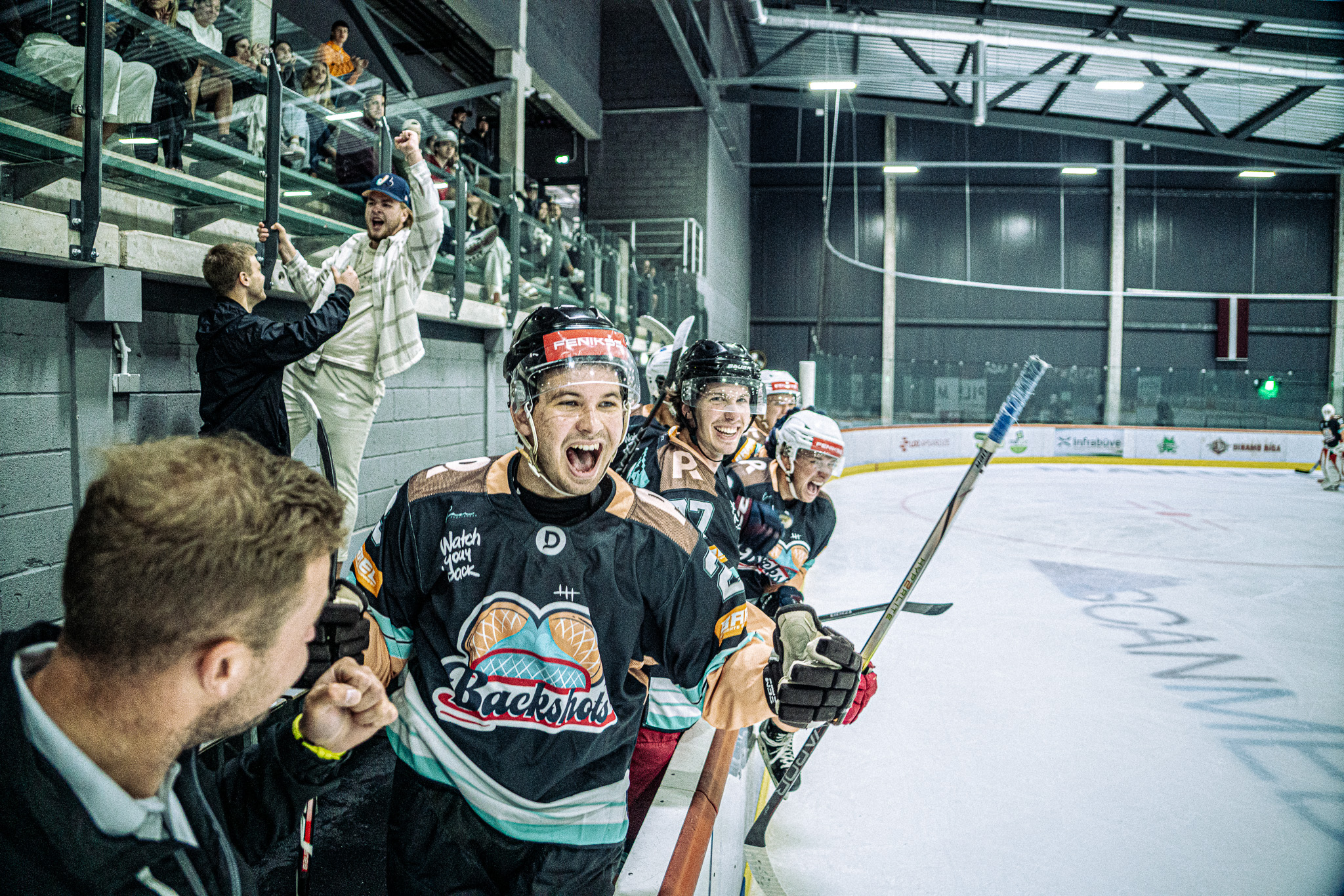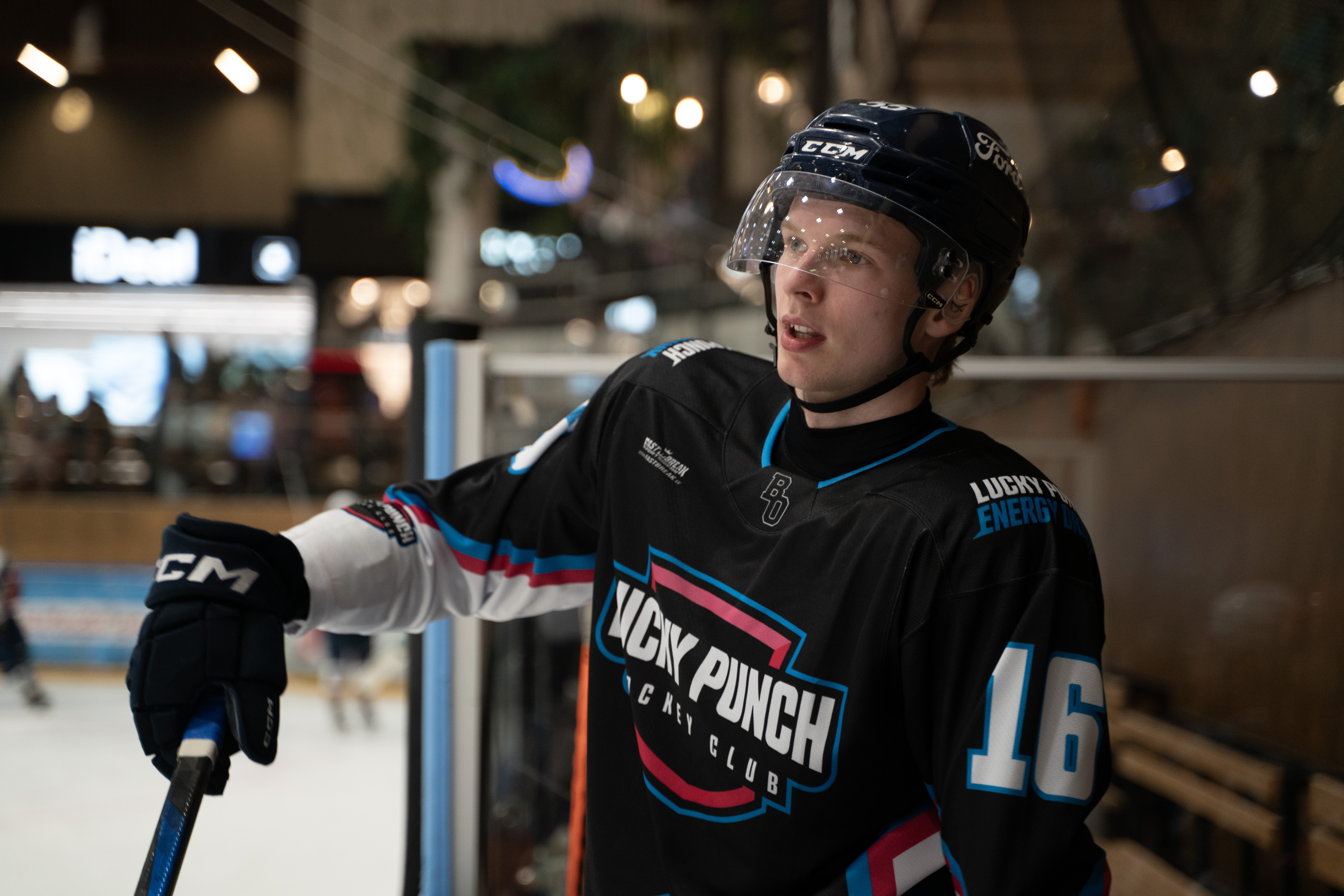Following the successful implementation of 3x3 at the 2024 Youth Olympics, the IIHF has utilized subsequent events to further refine the game's format. The official 3x3 competition rulebook is currently in its final stages of approval. The remaining period leading up to the IOC's deadline will be dedicated to crafting the strongest possible bid.
The IIHF's Olympic 3x3 proposal outlines a departure from the cross-ice format used at the Youth Olympic Games. Instead, the proposed competition would take place on a dedicated, smaller ice surface, a concept referred to as "3x3 on small ice." This emphasizes 3x3 as a distinct and new discipline within the established sport of ice hockey. Notably, the rink setups, including boards and benches, would mirror traditional Olympic rinks, with the primary difference being the ice pad's dimensions. The IIHF's Women's 3x3 series in Brazil in November showcased this smaller format, with games played on a 26x18 meter surface, significantly smaller than the standard 60x30 meter Olympic ice.
The IIHF believes that adding 3x3 to the Olympic Winter Games, where the traditional 5x5 tournaments are already a major attraction, offers crucial new opportunities for hockey players, particularly those from smaller member national associations. The 3x3 game's structure allows it to thrive with a smaller player pool and without the necessity of full-sized ice rinks. Across all levels of play, forming 3x3 teams is generally easier and more cost-effective, which can help to level the competitive landscape between established hockey nations and emerging programs. This aligns with a core objective of the IIHF's ICE26 plan: to make ice hockey more accessible and appealing globally.




